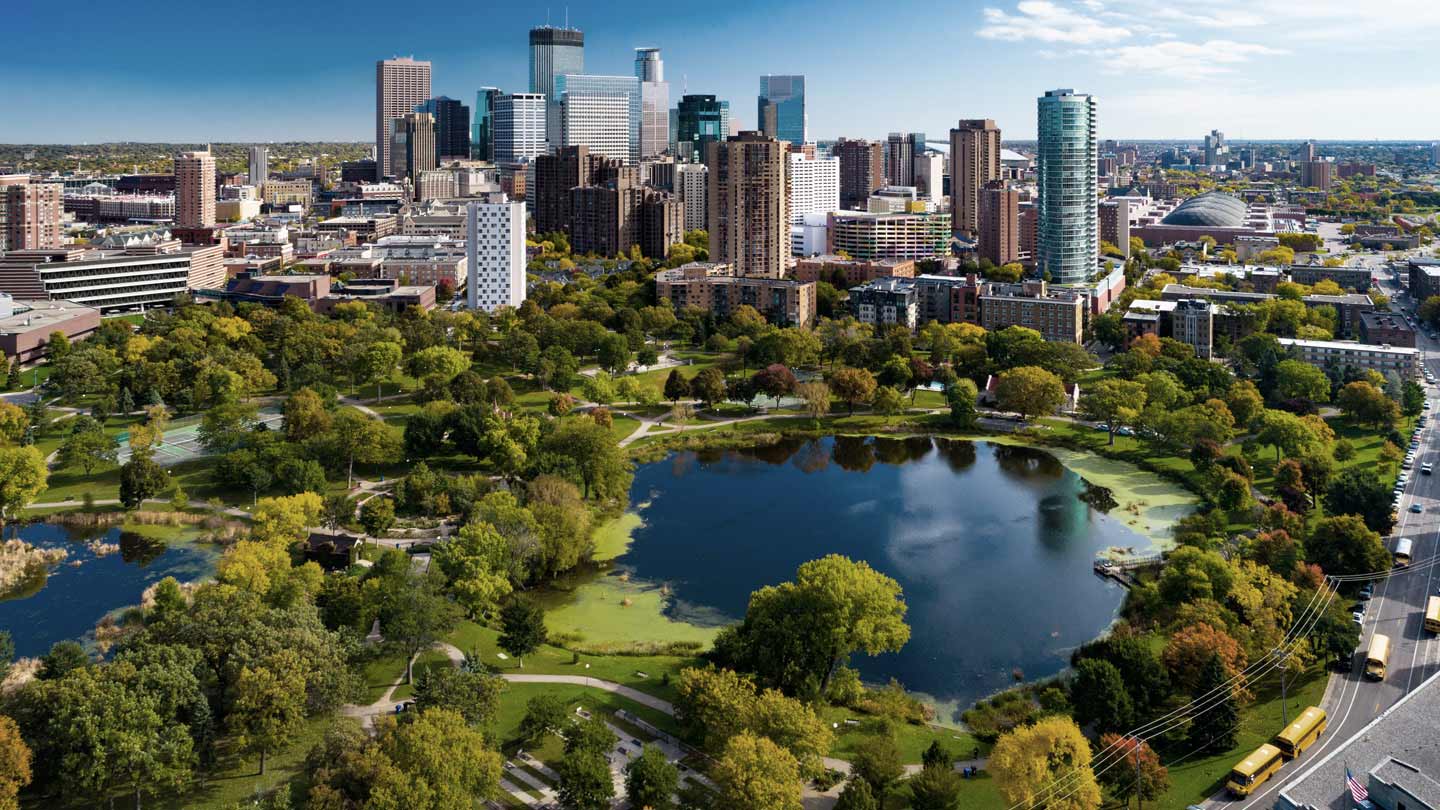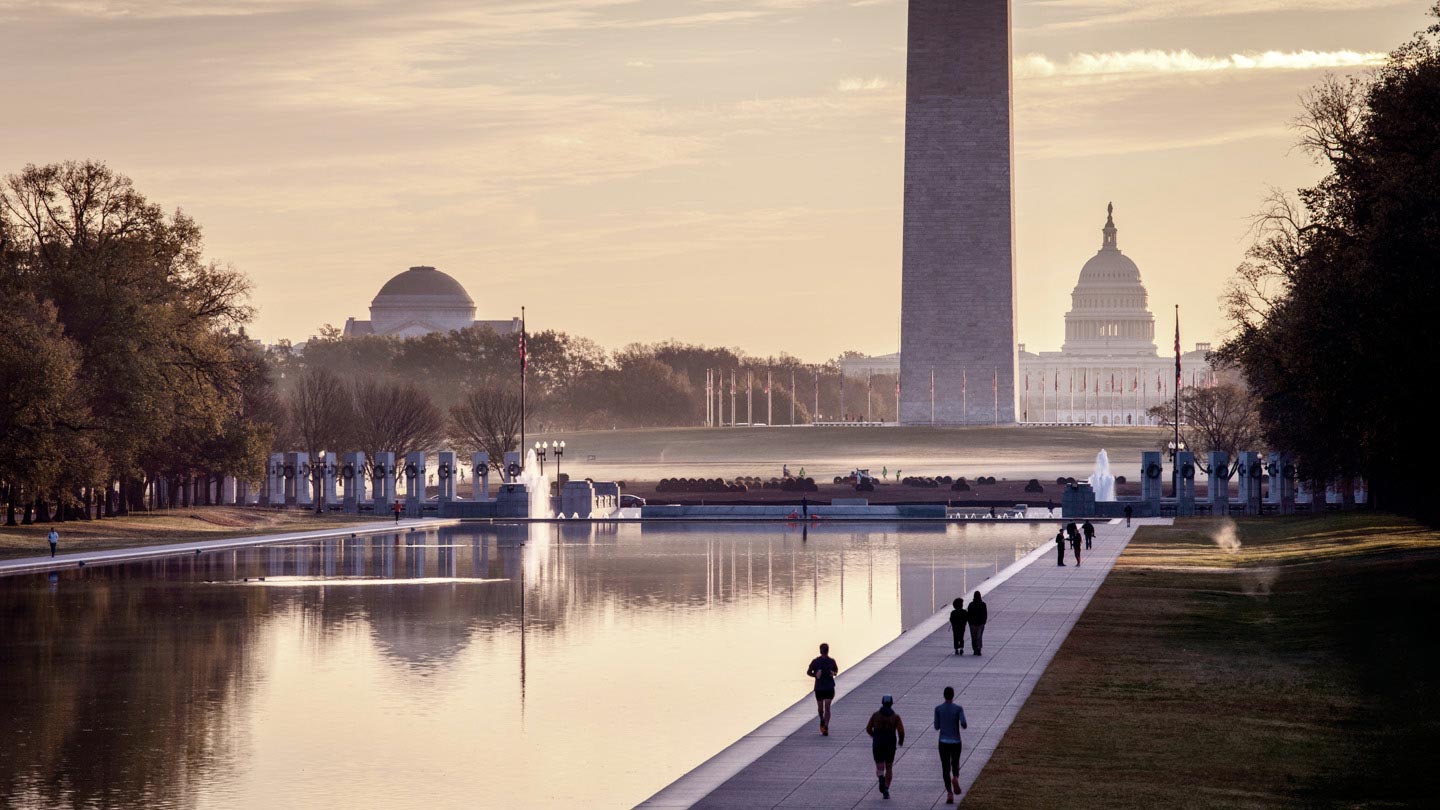From startups to legacy brands, you're making your mark. We're here to help.
-
Innovation Economy
Fueling the success of early-stage startups, venture-backed and high-growth companies.
-
Midsize Businesses
Keep your company growing with custom banking solutions for middle market businesses and specialized industries.
-
Large Corporations
Innovative banking solutions tailored to corporations and specialized industries.
-
Commercial Real Estate
Capitalize on opportunities and prepare for challenges throughout the real estate cycle.
-
Community Impact Banking
When our communities succeed, we all succeed. Local businesses, organizations and community institutions need capital, expertise and connections to thrive.
-
International Banking
Power your business' global growth and operations at every stage.
Key Links
Prepare for future growth with customized loan services, succession planning and capital for business equipment.
-
Asset Based Lending
Enhance your liquidity and gain the flexibility to capitalize on growth opportunities.
-
Equipment Financing
Maximize working capital with flexible equipment and technology financing.
-
Trade & Working Capital
Experience our market-leading supply chain finance solutions that help buyers and suppliers meet their working capital, risk mitigation and cash flow objectives.
-
Syndicated Financing
Leverage customized loan syndication services from a dedicated resource.
-
Commercial Real Estate
Capitalize on opportunities and prepare for challenges throughout the real estate cycle.
-
Employee Stock Ownership Plans
Plan for your business’s future—and your employees’ futures too—with objective advice and financing.
Key Links
Serving the world's largest corporate clients and institutional investors, we support the entire investment cycle with market-leading research, analytics, execution and investor services.
-
Institutional Investors
Putting your long-tenured investment teams on the line to earn the trust of institutional investors.
-
Markets
Direct access to market leading liquidity harnessed through world-class research, tools, data and analytics.
-
Prime Services
Helping hedge funds, asset managers and institutional investors meet the demands of a rapidly evolving market.
-
Global Research
Leveraging cutting-edge technology and innovative tools to bring clients industry-leading analysis and investment advice.
-
Securities Services Solutions
Helping institutional investors, traditional and alternative asset and fund managers, broker dealers and equity issuers meet the demands of changing markets.
Key Links
Providing investment banking solutions, including mergers and acquisitions, capital raising and risk management, for a broad range of corporations, institutions and governments.
-
Center for Carbon Transition
J.P. Morgan’s center of excellence that provides clients the data and firmwide expertise needed to navigate the challenges of transitioning to a low-carbon future.
-
Corporate Finance Advisory
Corporate Finance Advisory (“CFA”) is a global, multi-disciplinary solutions team specializing in structured M&A and capital markets. Learn more.
-
Development Finance Institution
Financing opportunities with anticipated development impact in emerging economies.
-
Sustainable Solutions
Offering ESG-related advisory and coordinating the firm's EMEA coverage of clients in emerging green economy sectors.
-
Mergers and Acquisitions
Bespoke M&A solutions on a global scale.
-
Capital Markets
Holistic coverage across capital markets.
Your partner for commerce, receivables, cross-currency, working capital, blockchain, liquidity and more.
Key Links
A uniquely elevated private banking experience shaped around you.
-
Banking
We have extensive personal and business banking resources that are fine-tuned to your specific needs.
-
Investing
We deliver tailored investing guidance and access to unique investment opportunities from world-class specialists.
-
Lending
We take a strategic approach to lending, working with you to craft the right financing solutions matched to your goals.
-
Planning
No matter where you are in your life, or how complex your needs might be, we’re ready to provide a tailored approach to helping your reach your goals.
Whether you want to invest on your own or work with an advisor to design a personalized investment strategy, we have opportunities for every investor.
-
Invest on your own
Unlimited $0 commission-free online stock, ETF and options trades with access to powerful tools to research, trade and manage your investments.
-
Work with our advisors
When you work with our advisors, you'll get a personalized financial strategy and investment portfolio built around your unique goals-backed by our industry-leading expertise.
-
Expertise for Substantial Wealth
Our Wealth Advisors & Wealth Partners leverage their experience and robust firm resources to deliver highly-personalized, comprehensive solutions across Banking, Lending, Investing, and Wealth Planning.
For Companies and Institutions
-
Commercial Banking
From startups to legacy brands, you're making your mark. We're here to help.
-
Institutional Investing
Serving the world's largest corporate clients and institutional investors, we support the entire investment cycle with market-leading research, analytics, execution and investor services.
-
Payments
Your partner for commerce, receivables, cross-currency, working capital, blockchain, liquidity and more.
-
Credit & Financing
Prepare for future growth with customized loan services, succession planning and capital for business equipment.
-
Investment Banking
Providing investment banking solutions, including mergers and acquisitions, capital raising and risk management, for a broad range of corporations, institutions and governments.
For Individuals
-
Private Bank
A uniquely elevated private banking experience shaped around you.
-
Wealth Management
Whether you want to invest on you own or work with an advisor to design a personalized investment strategy, we have opportunities for every investor.
Explore a variety of insights.
Key Links
Insights by Topic
Explore a variety of insights organized by different topics.
Key Links
Insights by Type
Explore a variety of insights organized by different types of content and media.
Key Links
We aim to be the most respected financial services firm in the world, serving corporations and individuals in more than 100 countries.
Key Links
- Insights
- Real Estate
- Commercial Real Estate
- 3 renter-friendly upgrades to attract and retain tenants

Residents commuting home to one recently updated apartment building in the Mount Pleasant neighborhood of Washington, DC, can now easily unlock their doors, turn on the lights and crank up the heat before they even step foot inside.
“We’re at a big inflection point right now. In the last few years, we’ve gone from a landlord’s market to a renter’s market in a big way,” said Jim McInerney, property manager and landlord at Watassa Management, a Chase Commercial Term Lending client.
He understands that the nearly 100-year-old midrise is one of many charming older buildings in the area, so it’s important for the building to stand out.
"We have to do as much as possible to amenitize our small buildings to compete with the new, bigger buildings."
-Jim McInerney, property manager and landlord at Watassa Management
Adding smart-home features is just one way to differentiate your multifamily building in a tight market. In McInerney’s other rental properties, he has also installed bike racks, implemented online rental payments and built outdoor spaces. McInerney said his properties with dining and grilling areas have better retention rates.
Whether you’re looking to upgrade an older high-rise or a five-unit market-rate apartment building, many of these updates can be a cost-effective investment to help you attract and retain tenants.
1. Digital upgrades and online rent collection
Smart-home technology—including locks, thermostats and lighting—is an especially attractive feature in higher-end rental properties, and installation requirements are often minimal. Educating your tenants about these less visible features can often be just as important as the enhancements themselves.
Even less sophisticated tech updates can help distinguish your property, such as providing free Wi-Fi in common areas or updating laundry rooms to accept credit cards and mobile payments.
Other quick wins
- Establish an online tenant portal: The multipurpose property management platform may allow residents to pay rent online by credit card or with a payment app. It can also be a place they submit non-urgent maintenance requests or post about lost and found items, local events and onsite babysitters—like a virtual bulletin board.
- Develop a web presence: A website can be an affordable way to show off your property. Social media platforms cost even less—there is often no cost involved—and can also help you make ongoing connections with current and future tenants. Just be sure to keep your accounts up to date and check them regularly for messages.
2. Community perks, policies and building events
Tenants often don’t know their neighbors but may want to meet them. Consider introducing policies and events that help create a sense of community. For example, you can implement smoke-free and pet-friendly apartment policies. The latter may involve extra tenant fees, such as pet deposits, pet inspection charges and monthly pet rent.
3. Physical amenities and services
Smaller buildings, like the ones McInerney owns in DC, don’t always have extra space for certain perks. But there are ways to make every square inch count.
- Develop a distinct look for your apartment building: McInerney has found success by adding unique design elements to his properties. These include luxury finishes and eye-catching light fixtures—and even walls covered floor-to-ceiling in pennies.
- Install energy-efficient washers and dryers: The appliances often have a larger capacity and may cut down on your water and energy bills.
- Offer concierge-inspired services: These can range from valet trash and recycling services to laundry drop-off and meal delivery services with local businesses.
- Establish a private package delivery space: Cubbies or lockers can be a secure option for tenants to receive larger packages during the day.
Keep in mind that top amenities vary based on your building’s location and price point. And not all upgrades are successful, even from property to property. Rather, implementing amenities is a process of trial and error. What’s most important is differentiating your property so it stands out from the pack.
Get in touch
Related insights

Real Estate
Investing in opportunity across the heartland of America
Mar 26, 2025
Small cities and rural areas across America face hurdles accessing investment that powers opportunity. Find out how JPMorganChase is ramping up investment to help close the gap.

Real Estate
Portland multifamily market update
Mar 24, 2025
From shifting renter preferences to elevated interest rates, here are key trends for Portland real estate investors to watch in 2025.

Real Estate
What to know about tax-aware borrowing
Mar 20, 2025
Individuals can choose to take out loans in a way that may minimize their tax liability – this is called tax-aware borrowing. Learn more about it.

Real Estate
Fraud protection for commercial real estate
Mar 12, 2025
Commercial real estate payments are especially attractive to criminals. Find out how ACH Debit Block, Check Protection Services and Check Monitoring can help you prevent fraud.

Real Estate
Minneapolis multifamily market update
Mar 10, 2025
Out-of-state buyers are having a stabilizing effect on Minneapolis’ multifamily market, plus more key trends for investors to watch in 2025.

Real Estate
Washington, D.C., multifamily market update
Mar 10, 2025
From strong workforce housing demand to an uptick in transactions, here are key trends Washington, D.C., real estate investors should watch in 2025.

Real Estate
San Diego multifamily market update
Mar 07, 2025
Local commercial real estate professionals share trends to watch in 2025, including strong workforce housing performance and opportunities to add ADUs.

Real Estate
Chicago multifamily market update
Mar 07, 2025
Transactions are beginning to pick up in Chicago, plus key trends for investors to watch in 2025.
You're now leaving J.P. Morgan
J.P. Morgan’s website and/or mobile terms, privacy and security policies don’t apply to the site or app you're about to visit. Please review its terms, privacy and security policies to see how they apply to you. J.P. Morgan isn’t responsible for (and doesn’t provide) any products, services or content at this third-party site or app, except for products and services that explicitly carry the J.P. Morgan name.